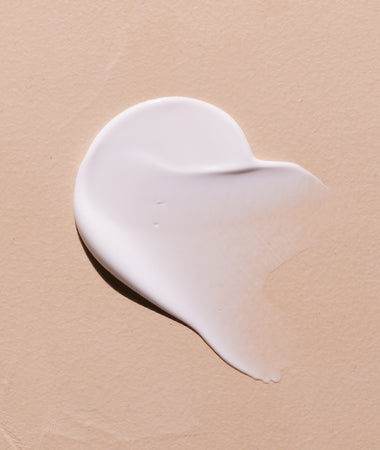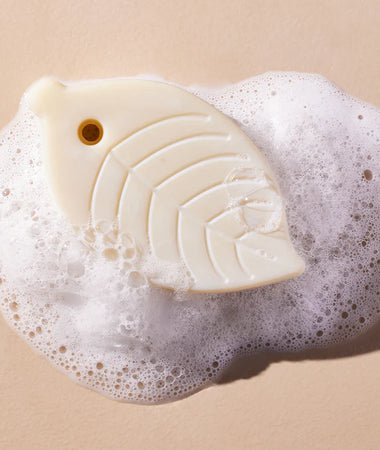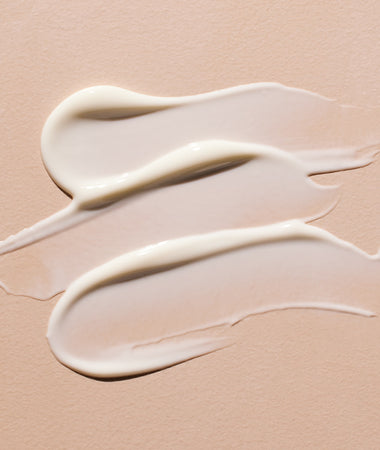
Baby's Room Temperature: A Guide For New Parents
Did you know that your baby’s room temperature plays an important role in helping them sleep safely and comfortably? Unfortunately, room temperature is a topic that often gets overlooked.
But it’s important to remember that babies sleep a lot, especially during their first few months of life. And since the right ambient temperature can help them (and you!) sleep better, it’s a topic every parent should be aware of.
This article will guide you through everything you need to know about creating the best sleeping environment for you little one. So, if you have a few questions about what your thermostat settings should be, you’ve come to the right place.
Let’s dive in!
What Is The Best Temperature For Baby’s Room?

We all have different preferences when it comes to room temperature. Some people like it a little chilly, while others prefer it to be nice and toasty.
Though finding the sweet spot may be difficult, it's especially important for babies. The right temperature in your little one’s room actually helps them sleep better and more safely (more on this in a bit).
Since we want to do everything we can to promote healthy sleep, the question becomes: Where should you set the thermostat?
The ideal temperature for your baby's room is between 68 and 72 degrees Fahrenheit (or 20 to 22 degrees Celsius). This should be the room's temperature throughout the year, regardless of whether it's cold and snowing or a hot summer afternoon.
Why Is Baby’s Room Temperature Important?
There are two main reasons why maintaining the right ambient temperature is essential.
First, it helps with your little one’s growth and development. As we mentioned, if your baby’s room is too hot or too cold, they’ll likely not sleep as well or as long as they need to, which can prevent them from developing at the appropriate rate.
Secondly, setting the right temperature may actually help save your child’s life. When babies are born, they can’t regulate their own temperatures. If a room is too warm, they can quickly overheat, which increases the risk of Sudden Infant Death Syndrome (SIDS).
So, as you’re planning out your little one’s nursery, make sure to take into account the location of the room and the crib to your home’s heating and cooling system and understand its controls.
Now that you know the ideal baby room temperature and why it’s so important, let’s discuss how you can check if your baby is too hot or too cold.
Signs Your Baby Might Be Too Hot Or Too Cold

Even if you set your thermostat between the recommended 68 and 72 degrees Fahrenheit, it’s still important to pay close attention to your little one.
In fact, it’s a good idea to know how to check for signs of overheating by feeling their chest and the back of their neck as well as watching their behavior.
Here are some signs that your little one may be too hot:
- Flushed cheeks
- Sweating
- A rash
- Rapid breathing
- Damp hair
While keeping your baby from overheating is important for many reasons, you should also make sure your little one doesn’t become too cold, either.
If your baby’s skin feels cool to the touch, use a baby thermometer to make sure they’re in a safe body temperature range.
For reference, an average baby’s temperature should be between 97.5 and 99.5 degrees Fahrenheit. If your little one’s reading gets above 100.4 degrees Fahrenheit, it’s a sign of a fever, and you may need to contact their doctor if it doesn’t subside.
If your child doesn’t have a fever but is showing signs of overheating, then you can remove a layer of clothing to help cool them down and monitor them until the symptoms go away.
Another way to cool down a baby that is too hot is to bathe them in lukewarm water. You can even use our Organic Cleansing Gel With Olive Oil And Aloe to gently calm their delicate skin and our Gentle Shampoo for a little scalp massage.
Focus on cooling, calming ways to help their bodies regulate.
Now that we’ve looked at different reasons for keeping your little one’s temperature regulated, let’s take a look at other factors to consider for a safe sleep environment.
Other Safe Sleeping Tips For Baby’s Room
1) Share A Room

According to the American Academy of Pediatrics (AAP), parents should share a room with their infants for at least the first six months (ideally until their first birthday), as this can help reduce the risk of SIDS.
In addition, sharing a room with an infant allows you to monitor their temperature closely because you'll be able to see if they're sweating or if they need a little extra warmth.
Since sharing a bed at this age isn't recommended, the best option is to place a co-sleeper or bassinet right by your bed. Or, if you have a large enough space, bringing the crib into your room is another option.
2) Let Your Baby Sleep On Their Own Mattress
This section is a continuation of the previous point, but it deserves its own spot.
When some parents find out they need to share a room with their little one for at least the first few months, they assume that sharing a bed is fine. But this isn't safe during the first year of your baby's life.
In fact, sharing a bed with an infant is one of the leading contributing factors to SIDS. When an infant is in bed with their parents, anything can happen. They can get caught up in the sheets and suffocate, or a parent could roll over and accidentally restrict appropriate air flow.
Additionally, you want your little one to sleep on a firm mattress that's designed specifically for an infant's body. Not only does this allow them to breathe comfortably, but it also gives their growing body support during this critical developmental period.
If you love the idea of co-sleeping because you want extra snuggles or because it’s convenient, we understand. But for safety reasons, save those cuddles for while your little one is awake, and always practice safe sleep.
3) Put Your Baby Down On Their Back

Tummy time is essential for your little one’s growth and development. It helps strengthen their back, neck, and shoulder muscles; improves their motor skills; and so much more. But this doesn’t mean your baby should sleep on their tummy.
Babies need to be put to sleep on their backs for the first year of their lives to prevent the risk of suffocation or SIDS. But if your little one is becoming mobile and is able to roll over, don’t worry if they roll from their back to their stomach while sleeping.
In this instance, it’s OK because they have developed enough strength to push themselves back over or adjust their face to a position that allows for better air circulation.
4) Empty The Crib
While having a decorated crib may be fun, it’s not safe for your little one. Loose blankets, sheets, stuffed animals, and bumpers can all be a suffocation hazard.
Ideally, all you should have in a crib is a fitted sheet before placing your baby down to sleep.
Once your little one turns one, is mobile, and has more strength to kick or push items as needed, you can add a lightweight blanket in their crib.
5) Avoid Over-Bundling
In colder months, you may feel the need to bundle your baby in layers to keep them warm. However, this may end up overheating your little one if you aren’t monitoring them closely.
When getting them dressed for bed, you generally just need a good set of pajamas. If your baby has sensitive skin, our Stelatopia Skin Soothing Pajamas are the perfect choice!
Designed with microcapsule technology, these 100% cotton pajamas are free of any allergens or potentially harmful substances. They also give your baby skin-soothing moisture throughout the night.
For even more skin protection and hydration, use our Stelatopia Emollient Balm, Stelatopia Emollient Face Cream, Hydra Bebe Body Lotion to lock in moisture and calm irritated skin. With natural ingredients and no icky toxins, these creams will leave your baby (and you) snoozing soundly.
Sleeping Safely And Comfortably

Remember that your baby’s room temperature should be between 68 and 72 degrees Fahrenheit. This is important because overheating increases the chances of SIDS, and you want to always promote a safe sleep environment.
It’s also important not to share a bed, at least for the first year of your baby’s life. Instead, purchase a standard crib, bassinet, or co-sleeper to give your little one just the right sleep surface specifically designed for their body.
And when looking for the best clothing to dress your baby in to sleep, try our Stelatopia Skin Soothing Pajamas to help your child get the comfy and cozy sleep they need without any added layers.
By implementing these tips into your daily routine, you can have peace of mind when you place your little one down for their nap or bedtime!
- reg.
- $18.00
- Sale price
-
$18.00
- reg.
-
reg. $18.00
- Unit price
- /per
- reg.
- $22.00
- Sale price
-
$22.00
- reg.
-
reg.
- Unit price
- /per
Suggested Articles

The Characteristics Of Your Baby's Sleep

The Secret Of Baby Skin

Protecting Your Baby's Skin In The Winter
Get tips, news
and exclusive offers






